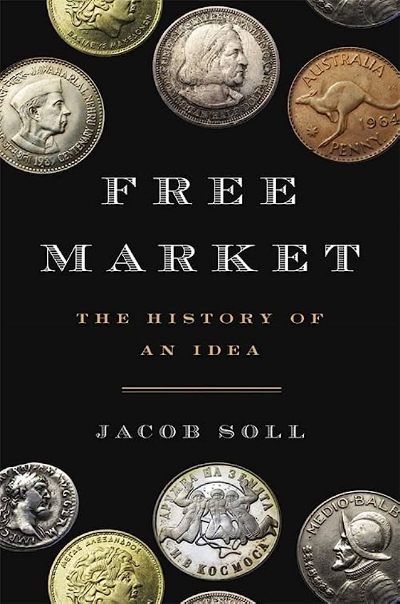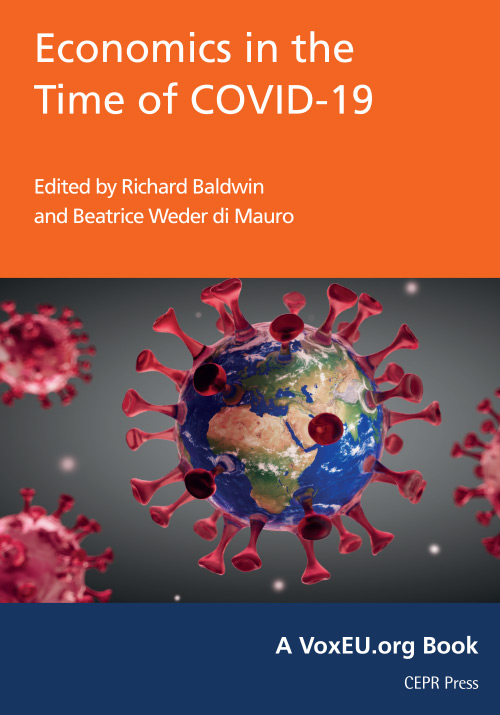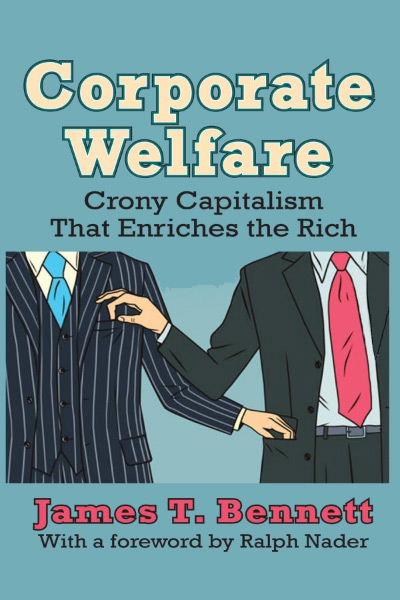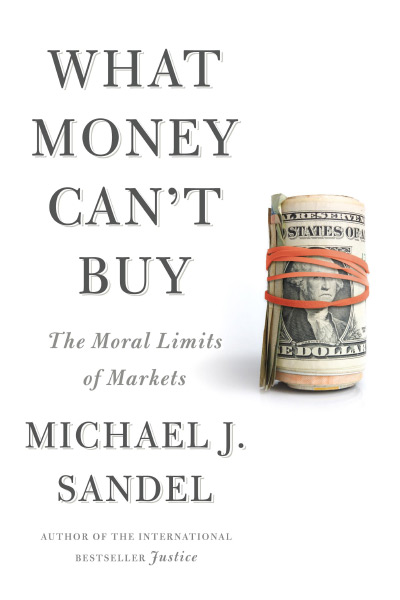Few Africans today would not regard the state of African societies and their economies as regrettable and a serious embarrassment. After decades of costly struggle to rid themselves of the indignity of colonial domination, people in many African countries find themselves caught up in civil wars, brutal military or civilian dictatorships, economic degradation, and hopelessness. Even where there are semblances of parliamentary democracy, the requisite rule of law, freedom of the judiciary, the press, and association by individuals are often missing. Professor Mwangi Kimenyi writes about this state of affairs in sub-Saharan Africa.
Kimenyi traces the African problem, or dilemma as he terms it, to the diversity of ethnic groups, many of which were forcibly and incongruously placed under common central governments by the Berlin Act of 1885. He concludes that the solution is to redraw the boundaries of African countries so that they become consistent with ethnic identities, because it is apparently impossible for different ethnic groups to live together.
In places, however, Kimenyi does not stick with the logic of his argument, attempting instead to prescribe constitutional designs by which different ethnic groups may yet live together to take advantage of the economies of scale in the production of certain social services. His difficulty in following a consistent logic appears to flow from his attempt to equate the African condition with the “Hobbesian jungle” (p. 4) in which life is “solitary, poor, nasty, brutish, and short.” That situation, he argues, results from the exercise of unlimited powers by governments; hence he accepts the Lockean prescription of governments whose powers are constitutionally limited. Readers inclined to appreciate the logic of John Locke’s argument for constitutionally restrained governments as a means of preserving individual liberty might look forward to the development of Kimenyi’s argument in the book, but they will be disappointed.
Kimenyi does not explain why countries in other regions of the world such as Asia, Latin America, eastern and central Europe, and the former Soviet Union did not experience the chaos he calls the “Hobbesian jungle,” although their governments acted very much without restraint in violating the rights of their citizens. Indeed, some political scientists have described several African dictatorships as “soft states” precisely because they have been unable to govern “effectively.” Chapter 2, “From Tribal Chief to Dictator,” portrays African rulers who could never have developed prosperous empires such as Ghana, Mali, and Songhai in West Africa or similar cases in East and Southern Africa, and Nubia.
The discussion of ethnic intolerance in chapter 3 is inconsistent with what one knows of African societies in which the perverse redistributive actions of governments, and the ethnic rivalry that results therefrom, are absent. Indeed, Kimenyi’s misdiagnosis that “the primary feature of the Sub-Saharan African countries that poses the most important barrier to reform [is] the high degree of population heterogeneity” (p. 18) and his sense of a high degree of intolerance among those heterogeneous groups create a dilemma for him in chapters 4 through 6. There he attempts to design a constitution for unitary states that nevertheless contain heterogeneous groups. In chapters 7 through 13, he suggests a federal constitution to keep feuding tribes apart.
Most of Kimenyi’s analyses and suggestions appear superficial. For example, he urges the stipulation of constitutional civil liberties and a process of constitutional change as if no African constitution had ever contained such provisions. It would have been helpful to provide some textual examination of a few African constitutions to illustrate his claim. It might have emerged that the misperceived role of government as the creator of economic equality (rather than as the agent to create or maintain an enabling environment for individuals to pursue their own economic betterment) has been the primary cause of most civil strife and political tyranny in Africa and around the world. Thus Ghana, first in sub-Saharan Africa to attain political independence in 1957, has as its motto, “Freedom and Justice.” Tragically, the independence arch that bears that inscription has been aptly referred to as the spot where freedom and justice were buried by the dictatorship of Kwame Nkrumah in the name of socialism. (Similarly, the 1936 constitution of the Soviet Union contains admirable declarations of the rights of citizens, including the “freedom of speech, the press, assembly, . . . guaranteed inviolability of the person . . . the homes of citizens and privacy of correspondence” that are laughable when one recalls what happened there under the communists.) Friedrich Hayek’s Road to Serfdom (1944) contains a very useful study of dictatorships and the brutality of governments, which Kimenyi shows little sign of having read. Kimenyi’s implicit argument that federal states are more conducive to economic growth also can be dismissed by casual empiricism.
Kimenyi should have clarified several other arguments. For example, he claims that governments in Africa would like to create “inefficient property rights” (p. 69) in order to facilitate their dictatorships. What are those rights and how are they deliberately created? In arguing the benefits of decentralization of state power, Kimenyi cites Julius Nyerere’s Ujamaa socialist experiment, which impoverished the people of Tanzania, as “the best known case . . . in Africa” even though the experiment “abolished private ownership [of land] and replaced it with communal ownership” (p. 71). His attempts to adapt demand and supply analysis to illustrate the “tribal surplus” (p. 34) and “wealth transfers by tribal groups” (p. 47) are at best puzzling.
For their endorsement of the redistributive state, academic leftists may be legitimately accused of complicity in creating the African dilemma, and no one should expect that they can now point the way to its resolution. Therefore, Kimenyi’s efforts from the perspective of classical liberalism are a welcome addition to the literature. Unhappily, his analysis will disappoint many who share his philosophical perspective. It lacks depth and seriousness. Careful students of African societyits anthropology, economy, history, and politicswill find much to dislike in the book.
| Other Independent Review articles by James C. W. Ahiakpor | ||
| Summer 2008 | Mystifying the Concept of Capital: Hernando de Soto’s Misdiagnosis of the Hindrance to Economic Development in the Third World | |
| Spring 2008 | Letters to the Editor | |
| Fall 2007 | On Classical Economics | |
| [View All (4)] | ||


















